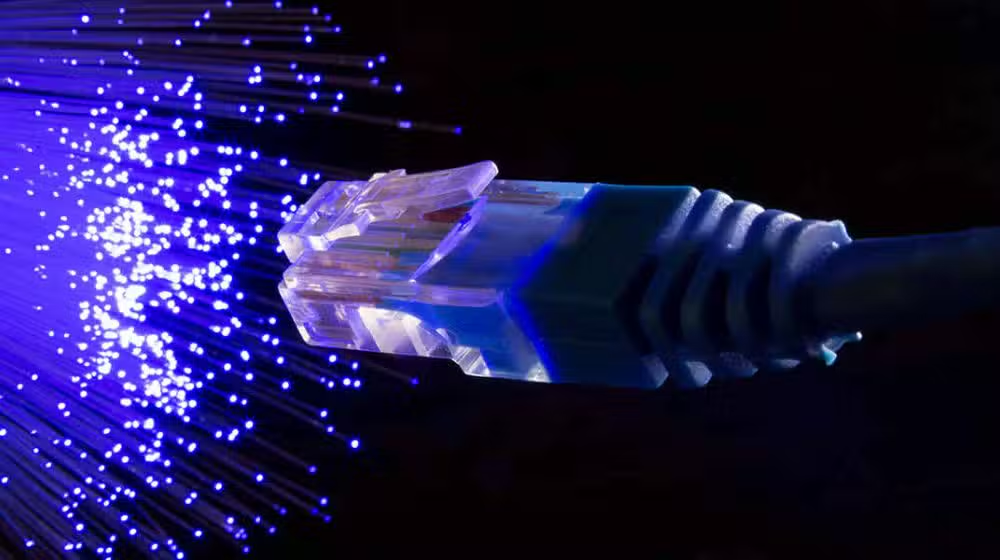The Universal Service Fund (USF) has notified the National Assembly Standing Committee on Information Technology and Telecommunication of its intention to install 2,000 kilometers of optical fiber cable (OFC) in forthcoming projects for the fiscal year 2024-25.
This initiative is a component of the ongoing Optical Fiber Program at USF, which commenced in November 2020, with a focus on advancing deep fiberization at the Union Council (UC) level.
To date, 17 significant Optical Fiber Cable (OFC) projects have been initiated, linking 884 UCs with a total of 9,068 kilometers of fiber. This infrastructure is crucial for supporting the current mobile broadband networks (3G/4G) and facilitating the future expansion of 5G services.
The Universal Service Fund (USF) has indicated that the initiation of 5G services in rural regions is still pending, as the rollout of commercial networks is contingent upon the business strategies of operators and the necessary licensing from the Pakistan Telecommunication Authority (PTA). Following the issuance of the required licenses, USF will proceed to identify areas that are either unserved or underserved for the development of 5G infrastructure and will design projects accordingly.
In addressing the concerns expressed by MNA Zulfiqar Ali Bhatti regarding the absence of telecom services in four underserved areas within the Sargodha district—specifically, Chak numbers 67nb, 163nb, 112nb, and 152nb—USF confirmed that these locations have been evaluated for potential intervention. Although the PTA had recognized these sites, Chak number 115 was inadvertently excluded from its report. USF has assured that these areas are on the radar for upcoming connectivity initiatives.
USF has articulated that its efforts to mitigate the digital divide are concentrated on two primary dimensions: the expansion of physical telecommunications infrastructure and the enhancement of digital literacy, content localization, and public education. While USF’s projects predominantly focus on improving connectivity through mobile broadband and fiber backhaul initiatives, it recognizes that addressing the digital divide necessitates a more comprehensive approach, which includes educational initiatives, socioeconomic interventions, and effective government policies aimed at achieving tangible results.
USF emphasized that although its initiatives play a vital role in bridging connectivity gaps, the complete eradication of the digital divide by 2030 is not achievable solely by its efforts. The fund will persist in enhancing its annual projects under the resources at hand; however, elements such as policy backing, financial contributions, and partnerships with governmental bodies and private sector stakeholders are essential for realizing a fully connected digital society.
For more daily updates, please visit our News Section.

